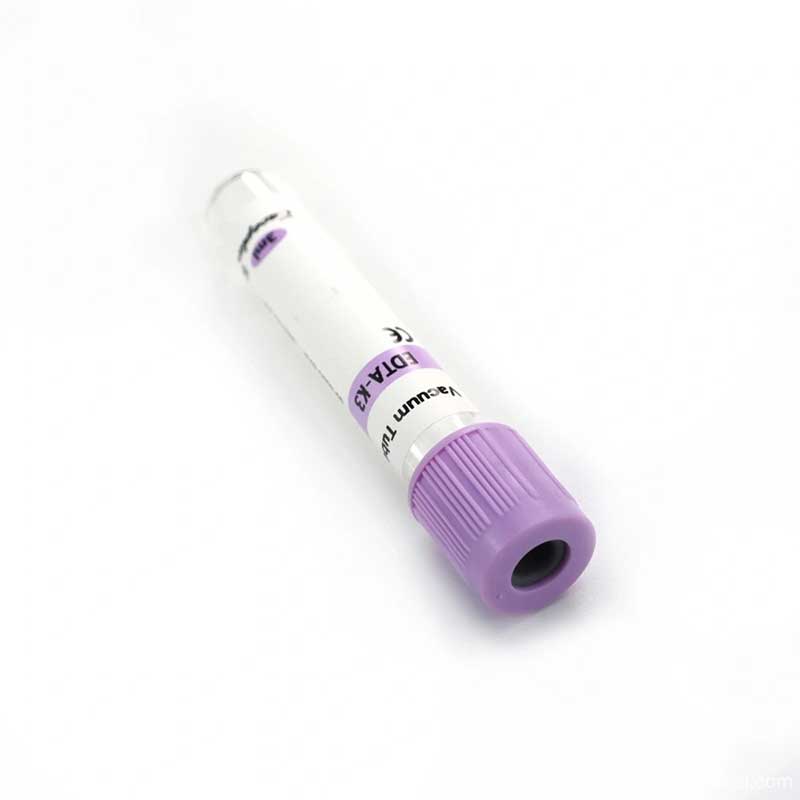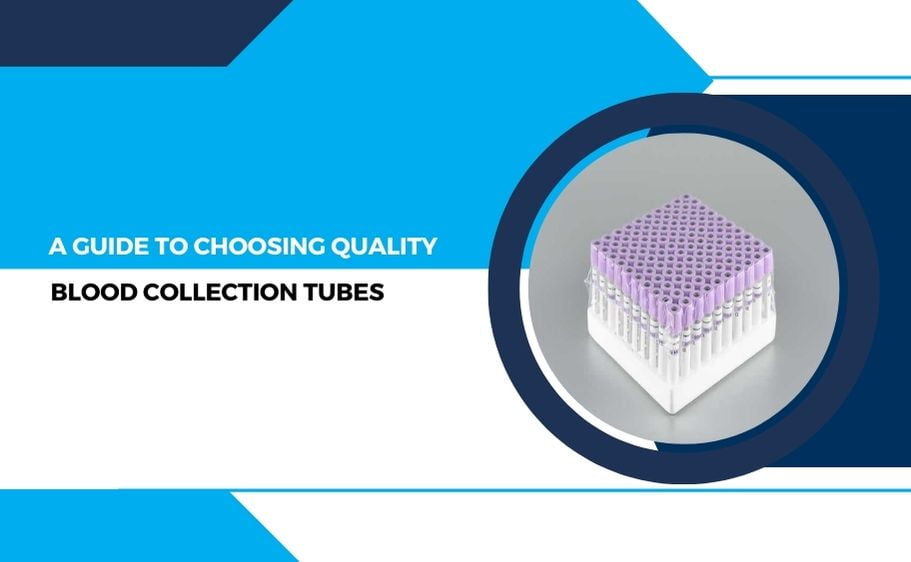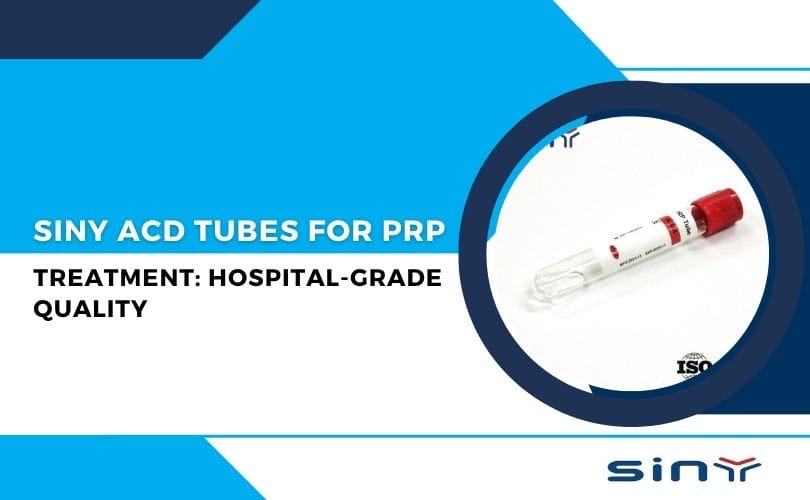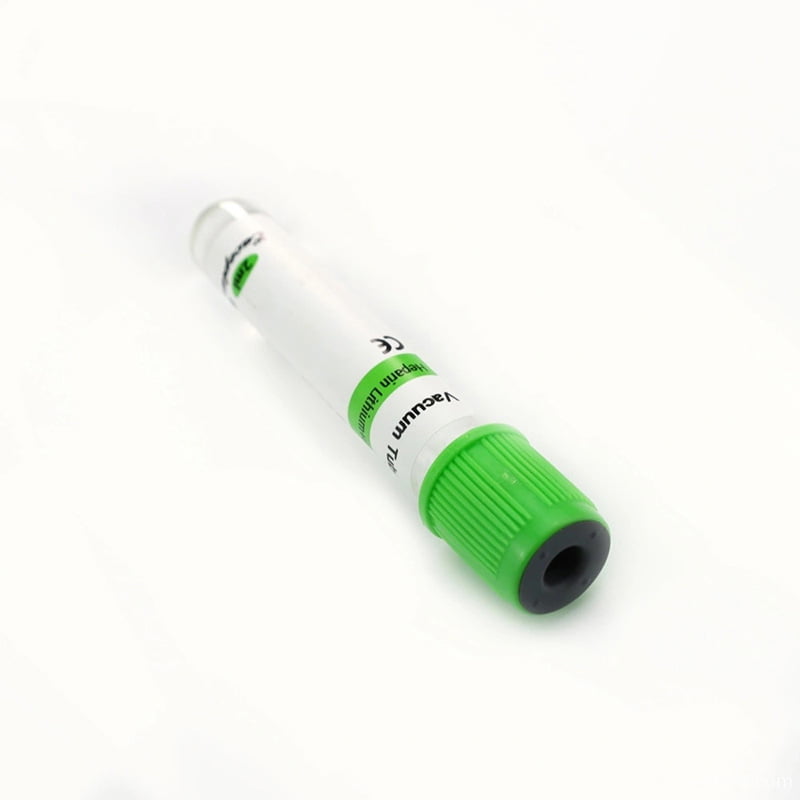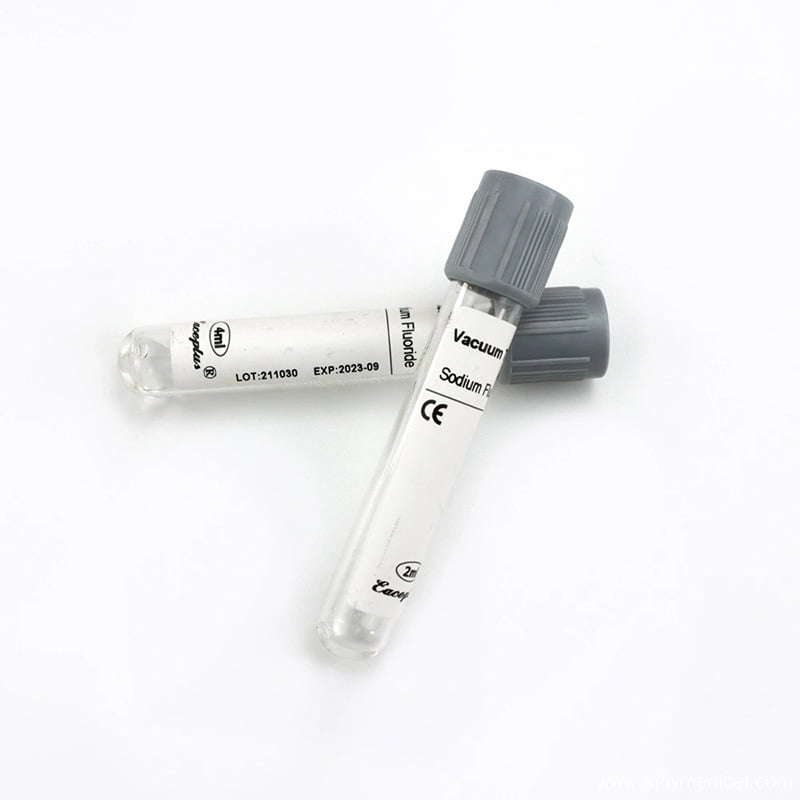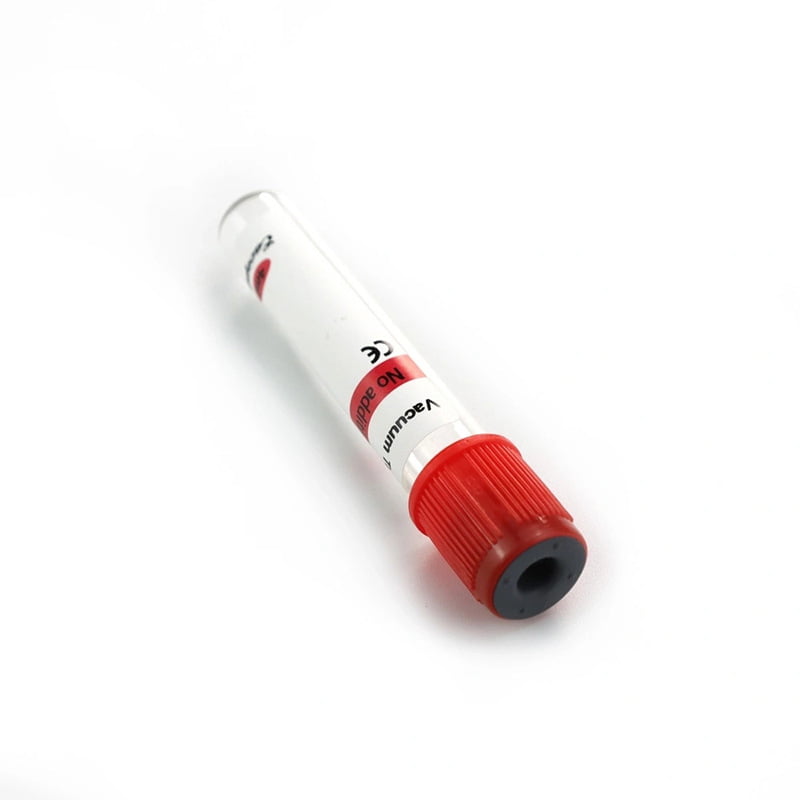Blood collection tubes are a linchpin of accurate medical diagnostics, influencing the reliability of test results. Whether you’re a healthcare professional or an individual curious about the process, understanding how to select the right blood collection tubes is crucial. In this guide, we’ll take you through the key steps to ensure that you make informed choices for precise testing.
Table of Contents
- 1 Introduction
- 2 Importance of using the right blood collection tubes
- 3 Different types of blood collection tubes
- 4 Understanding the additives in blood collection tubes
- 5 Factors to consider when choosing blood collection tubes
- 6 Common mistakes to avoid when selecting blood collection tubes
- 7 Best practices for handling and storing blood collection tubes
- 8 Recommended blood collection tube for specific tests
- 9 Where to buy high-quality blood collection tubes
- 10 Conclusion: Ensuring accurate testing with the right blood collection tubes
Introduction
The ultimate guide on how to choose the Best Blood Collection Tubes for PRP for accurate testing. Whether you’re a healthcare professional or a lab technician, finding the right collection tubes is essential for reliable and precise results. In this comprehensive article, we will walk you through the important factors to consider when selecting blood collection tubes, ensuring that you make an informed decision every time.

Different tubes are designed to preserve different components of the blood, such as plasma or serum. This guide will help you understand the various types of tubes available, their purposes, and the importance of choosing the right one depending on your specific testing needs.
We will also explore the different additives used in blood collection tube and their impact on test results. Furthermore, we will discuss the various sizes and colors of tubes and their significance in differentiating between specific test requirements.
Importance of using the right blood collection tubes
When it comes to blood collection tube, not all are created equal. Different tubes are designed to preserve different components of the blood, such as plasma or serum. Using the wrong tube can lead to inaccurate test results, which can have serious implications for patient care. It is crucial to understand the importance of using the right blood collection tubes to ensure accurate testing.
The right blood collection tubes can help preserve the integrity of the sample and maintain the stability of the analytes being tested. For example, certain tubes are designed to prevent clotting, while others contain additives that help preserve specific components of the blood. By using the appropriate tube for each test, you can minimize the risk of sample degradation and ensure reliable results.
Different types of blood collection tubes
There are several different types of blood collection tubes available, each designed for specific purposes. Let’s explore some of the most common types and their applications:
Serum tubes
These tubes are used for tests that require serum as the primary sample. They typically don’t contain any anticoagulants, allowing the blood to clot and separate from the serum. Serum tubes are commonly used for tests such as liver function tests, lipid profiles, and hormone assays.
Plasma tubes
Plasma tubes are designed to prevent blood from clotting by using anticoagulants such as EDTA (ethylene diamine tetraacetic acid) or heparin. These tubes are used when plasma is required for testing, such as in coagulation studies or certain chemistry tests.
Gel separator tubes
These tubes contain a gel barrier that separates the cellular components from the serum or plasma after centrifugation. Gel separator tubes are particularly useful when you need to obtain serum or plasma that is free from cellular contamination. They are commonly used in chemistry tests, as well as in certain infectious disease screenings.
Lavender-top tubes
Lavender-top tubes contain the anticoagulant EDTA and are used for complete blood counts (CBC) and blood cell differentials. EDTA prevents the blood from clotting and preserves the cell morphology, allowing for accurate analysis of the different blood cell types.
Understanding the additives in blood collection tubes
In addition to the different types of tubes, blood collection tubes can also contain various additives that serve specific purposes. These additives help preserve the integrity of the sample and ensure accurate test results. Let’s take a closer look at some of the common additives used in blood collection tubes:
1. Anticoagulants: Anticoagulants, such as EDTA, heparin, or citrate, prevent blood from clotting by inhibiting the coagulation cascade. They are essential for tests that require plasma or whole blood samples. EDTA is commonly used for routine hematology tests, while heparin is often used for chemistry tests. Citrate is primarily used for coagulation studies.
2. Preservatives: Some blood collection tubes contain preservatives that help stabilize certain analytes in the sample. For example, tubes used for glucose testing may contain sodium fluoride, which prevents the breakdown of glucose in the sample. This ensures accurate glucose measurements, especially for tests that require delayed analysis.
3. Activators: Activators, such as silica particles, are often added to blood collection tubes to enhance clotting in serum tubes. They help accelerate the clotting process, allowing for faster separation of serum from the cellular components. This is particularly useful for tests that require the immediate analysis of serum samples.

Understanding the additives in blood collection tubes is crucial for selecting the right tube for each test. It ensures that the sample is properly preserved and that the test results are reliable and accurate.
Factors to consider when choosing blood collection tubes
When choosing blood collection tubes, there are several factors to consider to ensure accurate testing. These factors will help guide your decision-making process and ensure that you select the most appropriate tubes for your specific testing needs. Let’s explore these factors in more detail:
1. Test requirements: The first step in choosing the right blood collection tubes is to understand the specific requirements of the test you will be performing. Different tests may require different types of samples, such as whole blood, plasma, or serum. Additionally, certain tests may have specific requirements for additives or preservatives. By understanding the test requirements, you can select the most suitable tubes for accurate testing.
2. Sample stability: Some tests require immediate analysis, while others can tolerate delayed processing. It is important to consider the stability of the sample and select the appropriate tube that can preserve the integrity of the analytes until analysis. For example, if you are collecting samples for glucose testing, you would need a sample tube that contains a preservative to prevent the breakdown of glucose over time.
3. Storage and transportation: Consider how the collected samples will be stored and transported before analysis. Some tubes may be more suitable for long-term storage, while others are designed for immediate processing. It is important to choose tubes that are compatible with your storage and transportation methods to ensure sample integrity.
4. Compatibility with equipment: Ensure that the blood collection tubes you choose are compatible with the equipment and instruments used for analysis. Some tubes may require specific centrifuge settings or may not be compatible with certain analyzers. Consulting the manufacturer’s guidelines or seeking advice from technical experts can help ensure compatibility and avoid any issues during testing.
By considering these factors, you can make an informed decision when selecting blood collection tubes, ultimately leading to accurate and reliable test results.
Common mistakes to avoid when selecting blood collection tubes
Choosing the right blood collection tubes is essential for accurate testing. However, there are common mistakes that can compromise the integrity of the sample and lead to unreliable results. By being aware of these mistakes, you can avoid them and ensure the highest quality testing. Here are some common mistakes to avoid:
Using expired tubes
Always check the expiration date of the blood collection tubes before use. Expired tubes may need to be replaced with the necessary additives or preservatives, resulting in inaccurate test results. Using expired tubes can also lead to sample contamination or degradation.
Mixing up tubes
Different tests require different types of tubes. Mixing up tubes can lead to incorrect results or sample contamination. Ensure proper labeling and organization to avoid confusion and ensure accurate testing.
Inadequate sample volume
Some tests require a specific volume of blood for accurate analysis. Collecting enough blood can lead to diluted samples or insufficient analyte concentrations, resulting in reliable results. Ensure that you collect the required volume of blood for each test.
Improper tube handling
Mishandling blood collection tubes can lead to sample contamination or degradation. Tubes should be handled gently and stored in appropriate conditions to maintain sample integrity. Avoid excessive shaking or exposure to extreme temperatures.
Taking care to avoid these common mistakes will help ensure accurate and reliable test results, providing the highest quality care for your patients or clients.
Best practices for handling and storing blood collection tubes
Proper handling and storage of blood collection tubes are crucial for maintaining sample integrity and ensuring accurate testing. By following best practices, you can minimize the risk of sample degradation and obtain reliable results. Here are some best practices to consider:
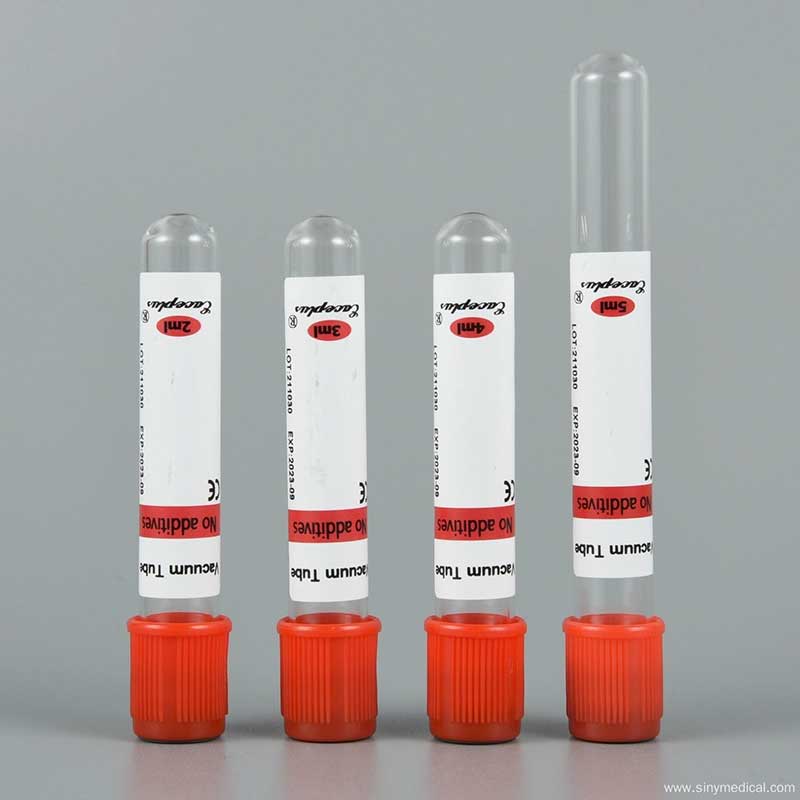
1. Proper labeling: Accurate labeling of blood collection tubes is essential for avoiding mix-ups and ensuring traceability. Ensure that each tube is clearly labeled with the patient’s name, date, and any other relevant information. Proper labeling will also help in tracking the samples and maintaining proper documentation.
2. Gentle inversion: After collection, gently invert the tubes several times to mix the blood with the additives or anticoagulants. This ensures proper distribution and prevents clotting or sample stratification. Avoid excessive shaking, as it can lead to hemolysis or sample contamination.
3. Appropriate storage temperature: Different blood collection tubes have specific storage temperature requirements. Follow the manufacturer’s guidelines for proper storage temperature and conditions. Improper storage can lead to sample degradation or compromised test results.
4. Protection from light: Some blood collection, particularly those used for certain chemistry tests, are sensitive to light. Store these tubes in light-protected containers or wrap them in aluminum foil to prevent light exposure, which can alter the results.
Following these best practices will help maintain the integrity of the samples and ensure accurate testing. By paying attention to the details of handling and storage, you can obtain reliable and precise results.
Recommended blood collection tube for specific tests
Different tests require specific blood collection tube to ensure accurate and reliable results. Here are some recommendations for commonly performed tests:
Complete blood count (CBC)
For CBC tests, lavender-top tubes containing EDTA are commonly used. EDTA prevents clotting and helps preserve cell morphology, allowing for accurate analysis of blood cell types.
Liver function tests
Serum tubes without any additives are typically used for liver function tests. These tubes allow the blood to clot, separating the serum from the cellular components, which is necessary for liver enzyme analysis.
Coagulation studies
Coagulation studies require tubes with anticoagulants such as citrate. These tubes prevent blood from clotting and allow for accurate measurement of clotting factors and coagulation times.
Glucose testing
Glucose testing requires tubes with sodium fluoride as a preservative. Sodium fluoride prevents the breakdown of glucose in the sample, ensuring accurate measurements even after delayed analysis.
It is important to consult the specific test requirements and guidelines provided by the test manufacturers to ensure accurate and reliable results.
Where to buy high-quality blood collection tubes
When it comes to purchasing blood collection tube, it is important to choose a reliable supplier that offers high-quality products. Here are some options to consider:
Medical supply companies
Many medical supply companies specialize in offering a wide range of EDTA Blood Collection Tube. These companies often provide detailed product information and offer reliable customer support.
Laboratory equipment suppliers
Suppliers that specialize in laboratory equipment often carry a variety of blood collection tube. These suppliers may also offer other laboratory supplies and equipment, making it convenient to source all your laboratory needs from one provider.
Online marketplaces
Online marketplaces such as Amazon or Alibaba offer a wide selection of blood collection tubes from various sellers. It is important to read reviews and ensure the seller has a good reputation before making a purchase.
When purchasing blood collection tubes, consider factors such as product quality, reliability, and customer support. It is also important to verify that the tubes comply with relevant industry standards and regulations.
Conclusion: Ensuring accurate testing with the right blood collection tubes
Choosing the best blood collection tubes for accurate testing is essential for healthcare professionals and lab technicians. By understanding the different types of tubes, additives, and factors to consider, you can make informed decisions that lead to reliable and precise test results.
Remember to always consider the specific requirements of each test, the stability of the sample, and the compatibility with your equipment. Avoid common mistakes and follow best practices for handling and storing blood collection tubes. You can ensure the highest quality testing and provide the best possible care for your patients or clients.

